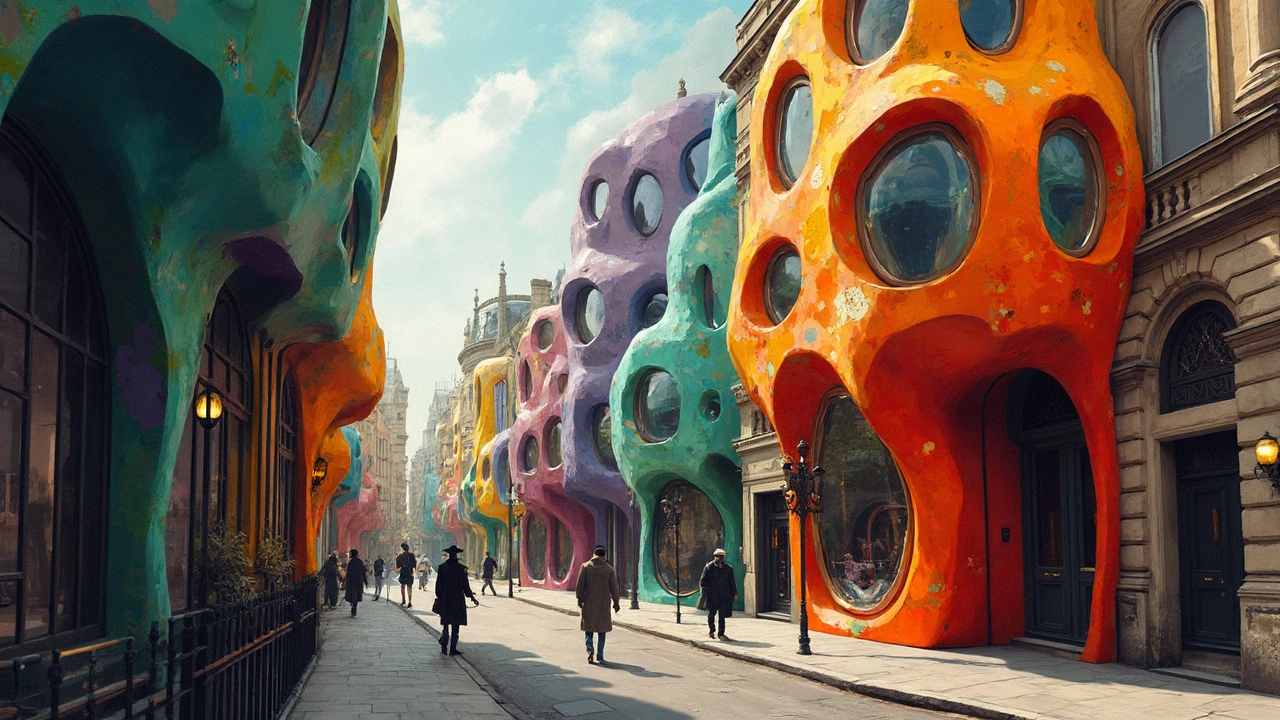Emotional Design: How Buildings and Art Make You Feel
Ever walk into a place and feel instantly calm, excited, or small? That reaction is emotional design at work. Designers use light, scale, materials and detail to shape how we feel. This page pulls practical ideas from architecture and art so you can spot or use emotional design right away.
Emotional design isn't just pretty finishes. It's architecture's ability to guide mood and behavior. A cathedral's high vaults lift your eyes and quiet your thoughts. A Craftsman porch feels warm because of low eaves, wood grain and human scale. Minimalist tech spaces feel focused because they remove distractions. Those are choices, not accidents.
Why emotion matters
If people feel good in a space they stay longer, return more often and remember it. Cities and homes use emotional cues to create identity. Beaux-Arts facades say authority. Gothic Revival spires hint at mystery. Even small details like mosaic color or a curved stair can trigger memory and meaning. Think about the last time a room made you smile—what caused it? You can design with that same intent.
Start by asking three questions: Who uses this space? What mood should they have? How will they move through it? Answering them narrows choices. For example, a museum might use controlled light and wide sightlines to encourage reflection. A cafe uses warm light, tight nooks and textured walls to encourage conversation. Both use emotional design, differently.
Practical moves that work
Control light. Natural light, filtered light, and shadow shape comfort and focus. Use skylights for drama like Renaissance halls, or soft windows for quiet like Byzantine spaces.
Choose scale carefully. Large volumes create awe. Intimate rooms invite closeness. Mix both to surprise people as they move through a building.
Use materials that read honest. Wood, stone and worn surfaces send warmth. Polished metal and glass read precision and distance. Texture matters as much as color.
Design for memory. Repeating a motif or color makes a place recognizable. Columns, arches, or a tile pattern can become a mental anchor.
Mind acoustics and smell. Sound and scent alter mood fast. Soft finishes reduce noise. Natural scents or clean ventilation make spaces feel healthier.
Think about movement. Paths, thresholds, and focal points guide emotions. A clear entry with a view invites curiosity. A narrowing corridor builds anticipation.
Test with people. Show sketches and small models, then watch or ask how users react. Real feedback beats guesses.
Quick checklist: set the mood, pick light strategy, decide scale, select materials, add a repeatable detail, check sound, test with users. Use one bold emotional device per space rather than piling on many competing ideas.
Want examples? Read posts on Gothic Revival, Beaux-Arts, Craftsman design, Roman engineering and Minimalism to see how emotion is built in different styles. Try one idea in your next project and notice the change.
Explore our tag for posts that show real examples, tips, and case studies you can borrow for your own spaces. Start small, start smart.

Expressionist Architecture: The Power of Emotion in Design
Expressionist architecture tosses out the rulebook and lets buildings show emotion, almost like they're alive. This article explains why some buildings look wild or dreamlike, and how that happened just after World War I. You’ll see how architects used color, shape, and bold materials to shake up cities and inspire the world. Get ready for real-life examples and practical tips to spot expressionist elements around you. The style still wows people and stirs feelings even now.
Read more